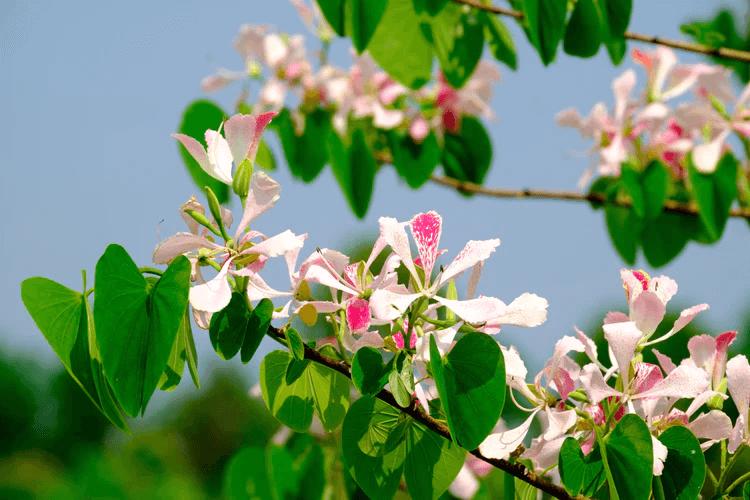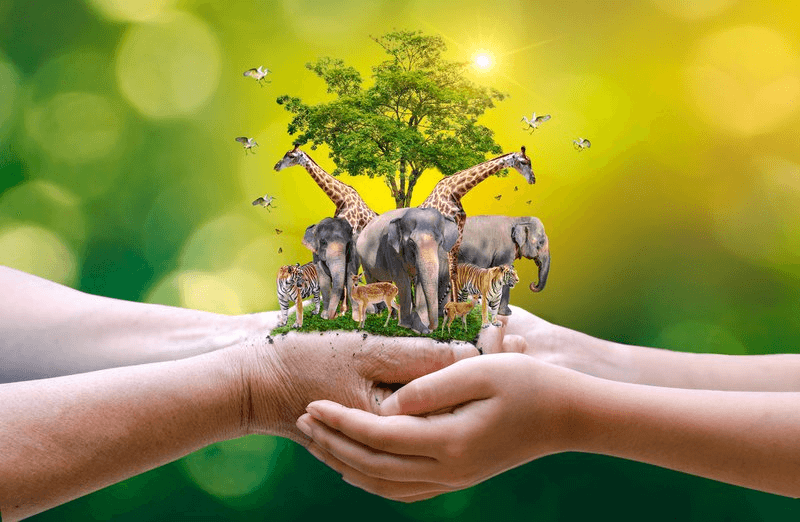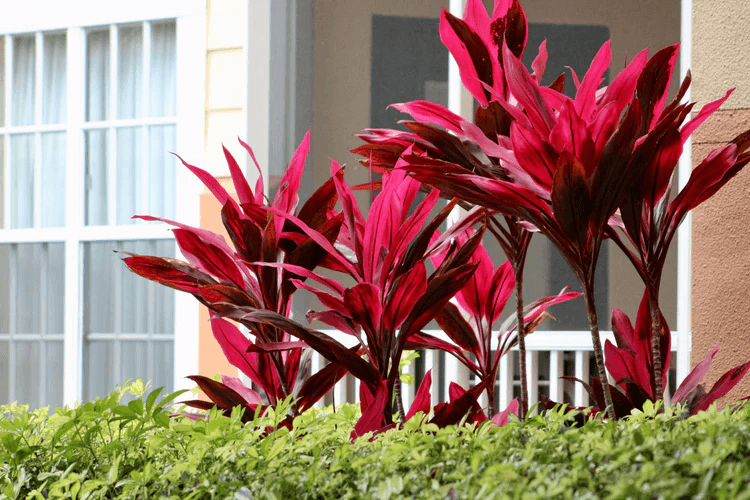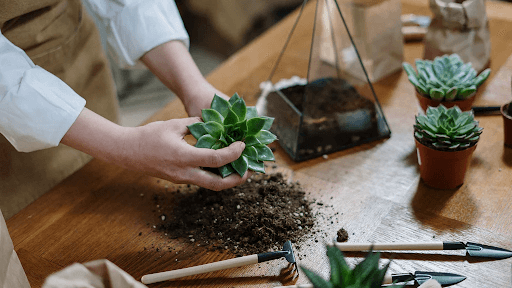Why Native Plants Matter:
The significance of native plants cannot be exaggerated. They provide essential ecosystem services, including soil stabilization, water filtration, and carbon sequestration. Additionally, native plants support biodiversity by providing food, shelter, and habitat for countless species of insects, birds, and mammals. By preserving native plant communities, native plants are, in a word, local. Plants that have lived in a particular region for thousands of years are called indigenous. "Native plants" refer to those that naturally grow in a specific region and have adapted to the area's climate conditions and soil type. These plants are an excellent choice for low-maintenance gardening as they need less fertilizer, insect and disease control, and watering compared to non-native plants grown in the same area. They are easy to grow and less expensive to care for.
From spring and summer flowers to brilliant fall colors and attractive bark in winter, native plants give four seasons of beauty. You can substitute most exotic plants with a native alternative with a similar color, texture, or growth pattern. It is easy to have a beautiful garden and benefit the ecosystem simultaneously.








